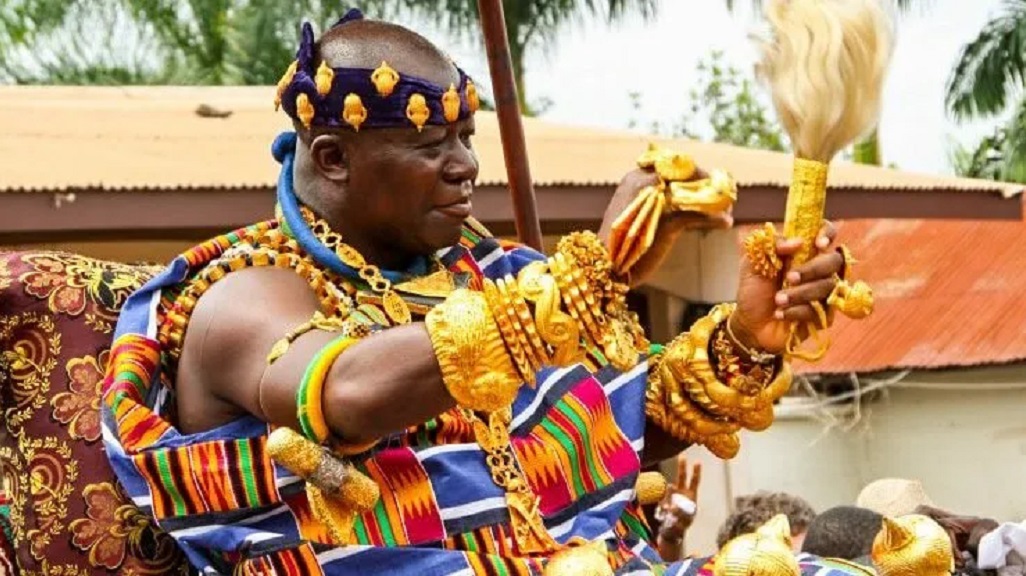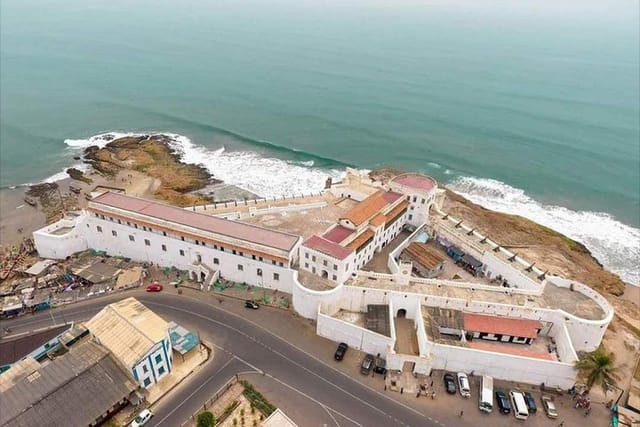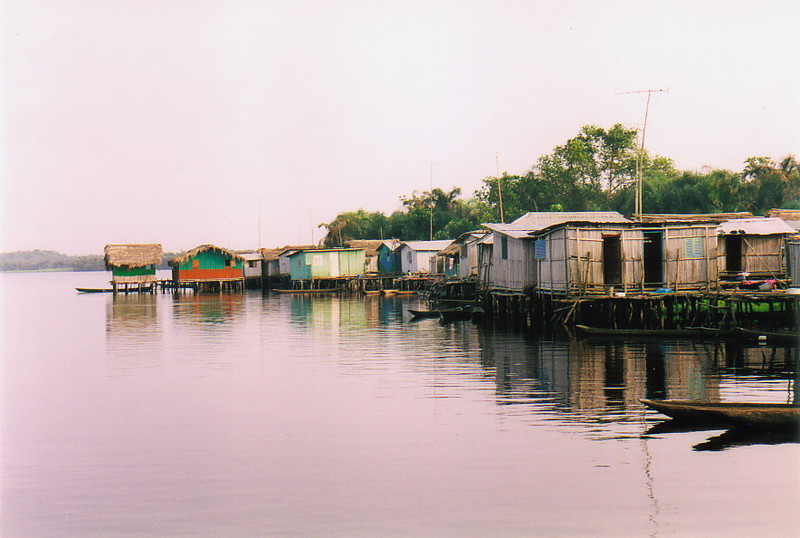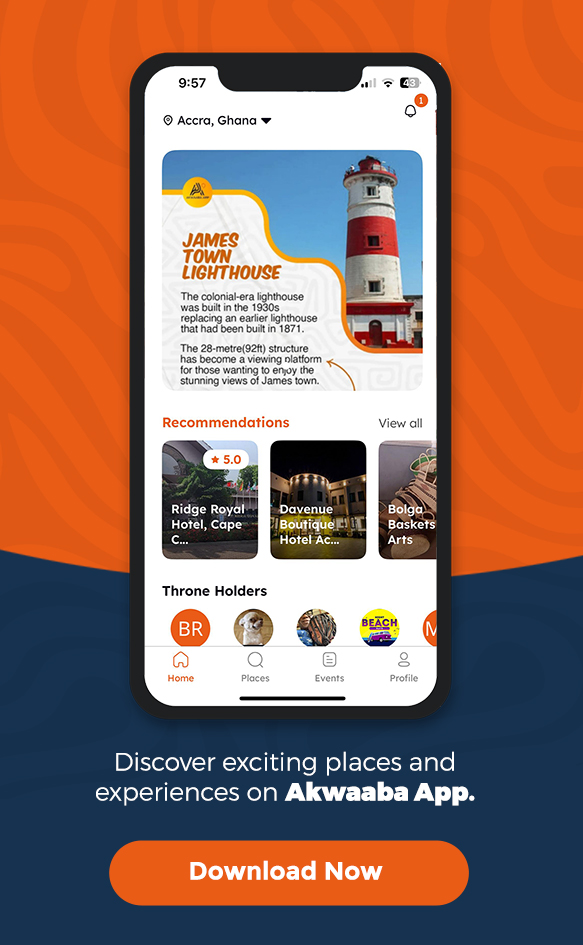Looking to experience the real Ghana?
Long before Ghana became Ghana, there was Asanteman.
This wasn’t just a kingdom—it was a force. A network of strong towns and cities ruled not by fear, but by deep respect for culture, justice, and unity. The Ashanti Empire stood up to European colonizers not once, but several times—firm in its belief that no one could rewrite its story.
And it wasn’t just warriors who built the empire—it was thinkers, craftsmen, queen mothers, and spiritual leaders. Their legacy still echoes today, not just in books, but in the streets of Kumasi, the shrines in remote villages, and in every patterned strip of Kente cloth.
When you walk through this region, you’re walking on sacred ground. You’re walking where legends were born. And that’s not something you just glance at and move on from—it’s something you carry with you.
The Ashanti Region isn’t here to impress you with facts. It’s here to make you feel proud—even if it’s your first time setting foot on Ghanaian soil.
👣 Step Into Living Heritage
You don’t just visit the Ashanti Region—you feel it.
The rhythm of drumbeats in a village square. The scent of fresh waakye drifting from a street vendor. The weight of a handcrafted Kente cloth draped over your shoulder. This isn’t a history lesson. It’s living culture, wrapped in pride and passed down through generations.
Nestled in the heart of Ghana, the Ashanti Region offers more than sightseeing—it offers connection. It’s where royal stories aren’t told—they’re lived. Where artisans don’t just sell crafts—they share a piece of themselves.
And it all starts the moment you step foot in Kumasi.
🎯 What to See and Feel in the Ashanti Region
👑 Manhyia Palace Museum
Feel the presence of royalty in the former home of Ashanti kings. Walk through history, touch ceremonial relics, and connect with the enduring power of a kingdom still alive today.
🧺 Kejetia Market
Lose yourself (literally) in the largest open-air market in West Africa. It’s raw, chaotic, energizing—and filled with vibrant fabrics, spices, and one-of-a-kind finds.
🧵 Bonwire & Adanwomase
Watch master weavers craft Kente cloth by hand. Try the loom yourself. In Adanwomase, see how natural dyes and ancient symbols come together in fabric that speaks.
🌊 Lake Bosomtwe
Formed by a meteorite, this crater lake is sacred and still. Wake up with a sunrise paddle, take a long walk along the shore, or sit in silence. Here, peace isn’t a word—it’s a feeling.
🦋 Bobiri Forest & Butterfly Sanctuary
A quiet trail, hundreds of butterflies, and filtered sunlight through towering trees. It’s gentle, magical, and perfect for slow travelers and nature lovers.
🖋️ Ntonso (Adinkra Symbol Printing)
Here, cloth speaks. Learn the meaning behind Adinkra symbols, and print your own fabric alongside artisans who’ve done it for generations.
🧶 More Than a Tour: The People Behind the Places
“I’ve been weaving since I was ten,” says Kwabena, a third-generation Kente weaver in Bonwire. His hands move with muscle memory—pulling, lifting, folding—as he works a vibrant gold-and-indigo thread into cloth. “It’s not just fabric,” he says with a half-smile. “It’s a language.”
You hear this kind of thing a lot in the Ashanti Region. A phrase here. A proverb there. But it doesn’t feel rehearsed. It feels real—like you’ve stepped into someone’s story and they’re letting you stay for a while.
At Kejetia Market, a woman selling beads laughs as she teaches you the word for “discount” in Twi. “Only for you,” she jokes. Down the road, a food vendor stirs steaming jollof rice as she tells you why she only cooks with local spices passed down from her grandmother.
In Ntonso, an Adinkra artisan lays out freshly dyed cloth under the sun and invites you to try stamping a symbol. “Pick one that means something to you,” she says. You choose Eban—the symbol for protection—and she nods. “That’s a good one for travelers.”
You don’t leave these moments behind. You pack them with you like postcards etched into memory. That’s what makes the Ashanti Region different.
It’s not a show. It’s not a performance.
🌿 Beyond the Highlights: Ashanti’s Best-Kept Secrets
Everyone knows Manhyia Palace. Most people make it to Kejetia or Lake Bosomtwe. But what if you could wander deeper—into places that aren’t crowded with tour buses, but still pulse with history and heart?
🏛️ Ejisu Besease Shrine
Just a short ride from Kumasi, the Ejisu Besease Traditional Shrine feels like a whisper from another time. The earth underfoot is warm. The painted walls tell stories of ancestral spirits. And if you’re lucky, a local priestess might share a proverb or two that sticks with you long after you’ve gone.
It’s not flashy. But it’s powerful.
🪶 Ahwiaa Woodcarving Village
This place smells like cedar and craftsmanship. In Ahwiaa, wooden stools, walking sticks, and ceremonial masks come to life under the steady hands of artisans. Watching them carve Adinkra symbols into dark mahogany isn’t just mesmerizing—it’s grounding. It reminds you that in Ashanti, art is more than decoration. It’s identity.
🧙🏾♀️ Yaa Asantewaa Memorial Museum
Named after the warrior queen who led the Ashanti rebellion against British colonizers in 1900, this quiet museum in Ejisu packs a punch. Old photographs, weapons, and personal items make her story feel personal. Raw. Brave. Fierce. You leave thinking not just about her fight—but about every woman who refuses to be silenced.
🍛 Come Hungry. Leave Connected.
🥘 The Taste of Ashanti Is Deep, Rich, and Generous
You smell it before you see it—fufu and light soup, bubbling over a charcoal stove. There’s a quiet pride in the way it’s served: not rushed, not fancy, but warm, steaming, and handed to you like a blessing.
Here, meals aren’t meals. They’re moments.
From the earthy thickness of groundnut soup to the bold heat of grilled tilapia, Ashanti food doesn’t hold back. You’ll taste smoked fish, garden eggs, kontomire stew, and spices that don’t come from jars—but from grandmothers’ gardens.
And then there’s pito—a locally brewed millet beer. Served in calabash bowls, it’s slightly sweet, slightly sour, and absolutely communal. You don’t sip pito alone. You sip it in circles. With laughter. With storytelling. With rhythm.
🙌🏾 Eating Is Cultural—Not Just Culinary
Before you dig in, you’ll often hear: “You are invited.” It’s not a formality—it’s real hospitality. In many Ashanti homes, you eat with your right hand, and you wait for the eldest to begin.
It’s not about rules. It’s about rhythm. You follow the flow. You pay attention. You listen as much as you taste.
Don’t be surprised if someone offers to feed you—literally. Especially if you’re a guest. Especially if they like you.
In Ashanti culture, feeding someone is affection made visible.
So when in doubt, come open. Come curious. And come with an empty stomach.
🧳 Travel Tips: How to Feel at Home in the Ashanti Region
🕰️ Best Time to Visit? When the Rhythm Feels Right.
The Ashanti Region is welcoming year-round, but if you’re chasing festivals and full cultural immersion, plan for July through September. That’s when Akwasidae festivals light up the palace grounds with color, drumming, and tradition.
Looking for quieter vibes? December to February gives you sunshine and dry skies—perfect for road trips to lakes, villages, and shrines.
🚖 Getting Around: Go Local, But Go Smart
Taxis are everywhere, but don’t expect meters. Negotiate fare upfront. For longer day trips (like to Bonwire or Lake Bosomtwe), book a trusted driver through your hotel—or better yet, the Akwaaba App.
Feeling adventurous? Try a “trotro” (shared minivan), but prepare for some squeezing and very loud radio stations. It’s cheap, and it’s local life in motion.
🧥 What to Pack (Besides Curiosity)
Light, breathable clothes—but modest for shrine visits
A scarf or cloth (useful as a cover-up, head wrap, or seat cushion)
Reusable water bottle (stay hydrated!)
Cash in small denominations—mobile money and card payments aren’t always accepted
And yes, bring gifts or souvenirs from your home country if you plan to visit a village or stay with locals. It doesn’t have to be big. It’s the gesture that matters.
🗣️ Basic Twi Phrases That Go a Long Way
Medaase – Thank you
Akwaaba – Welcome
Ɛte sɛn? – How are you?
Me ho yɛ – I’m fine
Wo din de sɛn? – What’s your name?
Don’t worry about perfect pronunciation. What matters is that you try. People will meet you with smiles—and sometimes laughter. And that’s the beauty of it.
📲 Plan Less. Experience More—with the Akwaaba App
Planning a trip to Kumasi shouldn’t feel like a part-time job. With the Akwaaba App, everything’s in one place.
✅ See what’s nearby
✅ Book trusted guides and experiences
✅ Save must-visit places
✅ Chat with locals who know their stuff
✅ Browse curated travel packages
Want to paddle across Lake Bosomtwe? Tour Manhyia Palace and end the day with a sunset meal? You don’t need to chase bookings or hope someone gets back to your WhatsApp message. With the Akwaaba App, the trip plans itself.
📲 Real Travel, Real Support—Right in Your Pocket
Let’s be honest—planning a trip through the Ashanti Region can get overwhelming.
Which shrine is open? How do you book a Kente workshop? Can someone help you arrange a driver who won’t ghost you at 6 a.m.? These are the little details that can turn a dream trip into a stress fest.
But here’s the thing: you don’t have to figure it all out alone.
With the Akwaaba App, you can:
🔎 Find trusted guides—people who actually know the backroads and stories
📍 Map your trip with curated recommendations and real-time directions
🎟️ Book cultural experiences like Adinkra stamping, palace tours, or a full village package
💬 Get help instantly if something changes—no long email chains, no guesswork
❤️ Save your favorites, leave reviews, and build your own Ghana travel journal
Whether you’re exploring solo, bringing the whole family, or just tagging along for the food (no judgment), Akwaaba makes travel feel like someone’s got your back.
No confusion. No spam. No stress.
Just real support, on your terms.
🎒 Travel Like You Belong
Whether you’re Ghanaian rediscovering your roots or visiting for the first time, the Ashanti Region isn’t just a place to go. It’s a place to feel—deeply.
Let Akwaaba help you feel it right.








